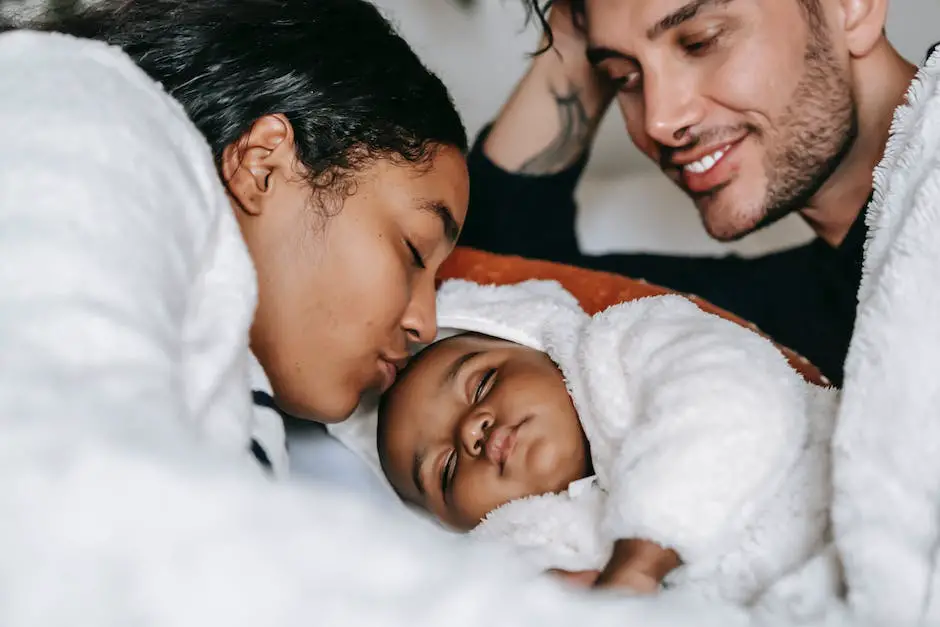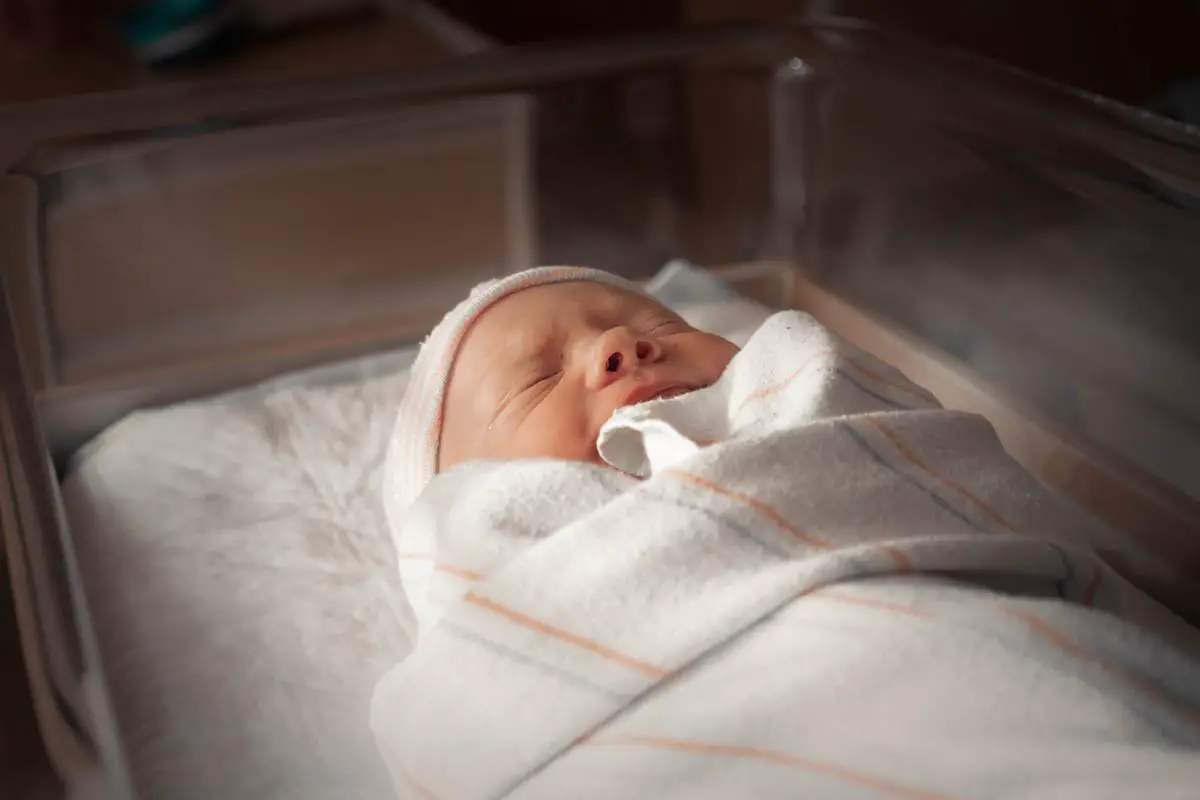Newborn photography holds the extraordinary power of crystallizing precious fleeting moments, turning them into timeless memories. As a newborn’s first few days of life unfurl, each moment becomes an opportunity to capture images imbued with innocence and beginning. This guide seeks to immerse enthusiasts and hobbyists into the world of newborn photography, unraveling its unique charm, practical challenges, and potential for artistic expression. Our exploration stretches from understanding the very heart of newborn photography and setting enchanting scenes to perfecting poses, fine-tuning minute details in post-production, and venturing into starting a newborn photography business.
Understanding Newborn Photography Essentials
Defining Newborn Photography
Newborn photography is a genre that specializes in capturing the first few days and weeks of a baby’s life. This form of photography is unique and special because it encapsulates the beauty, innocence, and tiny details of a newborn that change so quickly. These images become a timeless memoir for parents, serving as a beautiful reminder of their child’s earliest days.
Why Newborn Photography is Unique
One of the reasons that newborn photography is distinctive lies in its duration and temperament. Unique to this genre is typically a relaxed approach where sessions can last up to four hours. This allows ample time for feeding, diaper changing and settling the little ones into a deep sleep to achieve those peacefully curled, dreamy poses. In these newborn photoshoots, the baby is the boss, guiding the session with their needs and attributes walking in the spotlight.
The Necessary Gear for Newborn Photography
To get started with newborn photography, you don’t need an excess of equipment. A digital camera equipped with a decent lens is fundamental, but beyond this, light sources play a crucial role. Natural lighting is preferred because it is the most flattering for newborn skin tones. Window light is ideal, though sometimes artificial light sources like studio flashes or continuous lights may be necessary.
Specific lenses can also enhance the quality of your shots. A macro lens, for instance, can capture tiny details like the newborn’s small feet, hands, and eyelashes.
Props are another essential aspect of newborn photography. Various blankets, baskets, hats, and wraps can help in creating unique and engaging setups. However, keep the focus on the newborn, ensuring props don’t overtake the elegantly simplistic essence of the baby.
Ideal Settings and Environments for Newborn Shoots
When it comes to the optimal setting for a newborn photo session, comfort and safety are paramount. The room should be warm, ideally between 80-85 degrees Fahrenheit, to keep the baby comfortable, especially when they are undressed or lightly clothed in props or wraps. Noise machines or soft, soothing music can aid in maintaining a calm ambiance during the shoot.
Regarding location, newborn photography can occur in a studio or the client’s home. The home-based photo shoots offer an intimate and personalized setting for parents and the baby. It allows the incorporation of personal touches such as family heirlooms or nursery décor.
Emphasizing Safety and Tactility in Newborn Photography
The principal priority in newborn photography should be the safety and comfort of the baby. Handling an infant comes with a requirement for caution and understanding; during each pose, it’s vital the baby feels comfortable and adequately supported. Avoid forcing a baby into a pose and whenever attempting more complicated positions, always have an extra pair of hands around. To further ensure safety, keep the environment as clean as possible and make frequent hand-washing a habit to ward off any potential infections.
Developing your skills as a newborn photographer includes cultivating patience, a soft touch, and the ability to calm a fretful baby. With committed practice over time, you can finesse your technique in newborn photography, creating precious and enduring images that families will treasure.

Setting the Scene and Composing Your Shots
Constructing an Ideal Newborn Photography Scene
In newborn photography, careful scene-setting is key to capturing those irreplaceable moments that will be cherished forever. Several factors play into this, including thoughtful arrangements of backgrounds and props, a keen eye for composition, and a skillful harnessing of natural light.
Your choice of props and backgrounds play an enormous role in crafting your scene. Opt for soft, neutral-toned blankets to act as a backdrop – these help to emphasize the baby as the main focus of the shot. Complement this with simple, unobtrusive props like delicate headbands, soft wraps, or adorable outfits that echo the baby’s charm without overpowering them. Remember, when using props, safety should be the primary concern. Always ensure any props are completely safe and pose no potential harm to the infant.
Mastering the Composition in Newborn Photography
Creating a composition that tells a meaningful story constitutes a major part of newborn photography. The rule of thirds, one of photography’s fundamental principles, is particularly helpful – it involves splitting the image into three equal parts both horizontally and vertically and placing the newborn or subject at the intersection of these lines.
Finding the right angles is also key to capturing the perfect shots. For example, shooting from a higher perspective can show the baby’s size and innocence, whereas a level angle will capture the newborn in its environment. Close-ups shot from above, focusing on details such as tiny fingers and toes, add a sweet variety to your image collection.
In newborn photography, using natural light significantly enhances the quality of the image. Soft, diffused light minimizes shadows and isn’t harsh on the baby’s sensitive skin. Morning or later afternoon light is usually perfect. Ensure the light source is indirect and position the baby in a way that the light falls evenly.
Timing and Patience in Newborn Photography
The tiny subject of your frame will require a lot of patience on your part. Unlike adult models, newborns don’t take directions and have their own schedule. Stay patient, and be ready to capture spontaneous expressions or moments, and you’ll be rewarded with priceless images.
Timing, in newborn photography, is two-fold. First, most photographers recommend scheduling the photo session within the first two weeks of birth, when babies often sleep soundly and have little acne or colic. Second, within the photo session itself, timing is vital for capturing yawns, stretches, and other adorable baby moments.
Embracing the Charm of Newborn Photography
The essence of newborn photography truly lies in capturing the precious early moments of life that swiftly pass by. A deep understanding of the setting and composition combined with abundant patience can lead to growing successfully in this heartwarming facet of photography.

Posture and Poses for Newborns
Mastering Newborn Photography: The Art of Safely Posing Newborns
As you venture into newborn photography, it’s essential to master the variety of safe and recommended poses for newborns. This vital skill guarantees not only the creation of memorable and cute photographs but also ensures the safety and comfort of the baby throughout the session.
The Basics of Newborn Posing
Newborn photography poses can be broadly categorized into two types: posed or lifestyle. In posed newborn photoshoots, the babies are usually carefully positioned in baskets, on blankets, or in the hands of their parents. On the other hand, lifestyle newborn photography focuses on more natural interactions between the baby and their parents or siblings, typically in a home setting.
Prioritizing Safety in Newborn Photography
Ensuring the safety of the newborn should be every photographer’s priority. Newborns have very delicate bone structure and underdeveloped muscles, so they cannot support themselves in many positions. Therefore, certain posing techniques must be avoided. Any poses that impose pressure or strain on the neck, spine, arms, or legs of the infant should be avoided to prevent discomfort or harm.
Common and Safe Newborn Poses
Froggy Pose: This is a vastly popular newborn pose due to its adorable results. The baby’s hands are positioned touching the cheeks while they appear to rest on their legs, mimicking the posture of a frog. It must be noted that this pose requires composite techniques and professional assistance to ensure that the baby’s head is supported at all times.
Bum Up Pose: This particular pose focuses on a baby’s cute round bottom while they are peacefully sleeping on their tummy. To achieve this pose, the baby’s legs should be tucked under their body, and arms should be tucked underneath, ensuring they are not strained.
Taco Pose: Named after the way a taco folds, this pose involves the baby lying on their stomach with their feet and hands touching while their bottom is slightly lifted to highlight those adorable baby cheeks. This pose should be performed under supervision to avoid any discomfort to the baby’s limbs and joints.
In Parents’ Arms: These poses are among the safest and simplest. Parents cradle the newborns in their arms, creating a beautiful bonding moment that also makes great images.
Mastering the Art of Newborn Posing
When it comes to newborn posing, there are several factors to bear in mind:
- Foremost, always ensure the baby’s safety and comfort are given utmost priority.
- Maintain a room temperature that’s comfortable for the baby, especially when you need to undress them for certain poses.
- Feeding the baby well prior to the photo session will keep them calm and more inclined to sleep.
- The optimal time for newborn photography is during their initial two weeks of life when they sleep deeply and can be effortlessly posed.
- Use props judiciously, remembering to clean them thoroughly and always ensuring they are safe for the baby’s delicate skin.
Perfecting the art of newborn posing can seem daunting initially, but by focusing on the baby’s safety, comfort, and creatively utilizing props, you can enhance your newborn photography skills significantly. The resultant images will undoubtedly reflect the thoughtfulness and passion you poured into them.

Editing Newborn Photos
Exploring the Intricate Process of Newborn Photo Editing
Becoming a proficient newborn photographer extends beyond just framing the right shot. The unprocessed images also require thoughtful editing to truly encapsulate the newborn’s gentle innocence, crafting an almost angelic ambiance. This crucial stage of post-production largely includes adjusting colors, correcting brightness, retouching minor details, and employing the most suitable software that can streamline this task while ensuring a professional result.
Adjusting the Photo’s Colors
Newborn photographs are usually taken in soft, muted pastel colors to maintain the baby’s delicate and peaceful mood. Selective color correction is the fundamental step of editing, allowing you to achieve a dreamy, skin-flattering irradiance in the pictures. For example, any unnatural red or yellow tones in the baby’s skin can be neutralized using the Hue/Saturation tools. Similarly, any blue hues in the highlights can be warmed with the Color Balance or the Selective Color tool. Remember, subtlety is the key when altering skin tones so that the image looks natural and not overly photoshopped.
Correcting Brightness Level
Newborn photography usually involves the use of natural light, and therefore, brightness correction becomes integral in the post-production process. It can be practiced first by checking the histogram of the image. If the graph leans more towards the right, it means the photo is overexposed, and if it’s more towards the left, it is underexposed. You can adjust it using the Levels tool to achieve a symmetrically layered histogram. Furthermore, brightness and contrast tokens can also be adjusted to highlight the newborn’s details without detracting from the overall softness of the image.
Retouching Minor Imperfections
Unlike adults, newborns have naturally perfect skin, but they often have temporary conditions like baby acne, flaky skin, or milk spots. Simply use the Healing Brush or the Clone Stamp tool to gently blend these imperfections, maintaining the texture of the skin. Essential extras to remember are the liquefy tool to subtly shape the ears, nose, or chin if required, and removing any distracting elements in the background with the clone stamp tool.
Software Recommendations for Editing Newborn Photography
The choice of software for editing newborn photographs depends on the level of intricacy you’re aiming at and your budget. Adobe Photoshop is the most premium and all-inclusive software platform, providing limitless possibilities for editing. However, it does come with a steep learning curve. Lightroom is another Adobe product, more straightforward to use and perfect for making broad adjustments to color and lighting. If you’re looking for a free tool, GIMP is a wonderful alternative to Photoshop, offering a variety of features.
Refining Skills through Practice
Learning the art of newborn photo editing largely depends on consistent practice and exploration. Experiment with a variety of tools, adjustments, and techniques until discovering what resonates with your unique touch. Each newborn session presents distinct conditions, including varying lighting, skin tones, and atmospheres. Navigating these subtle differences can positively contribute to your individual style and editing finesse.

Photo by jimmy_conover on Unsplash
Building a Newborn Photography Business
It’s crucial to understand that converting a hobby into a successful enterprise demands dedication, consistent effort, and perseverance. There might be a few obstacles along the path, but your fervor for newborn photography, coupled with reliable business operations, can successfully transform your passion into a thriving profession.

Photo by adelemorrisphotography on Unsplash
Ultimately, mastering newborn photography calls upon a blend of technical prowess, artistic vision, and delicate handling. Each click of the shutter creates not just an image, but a narrative of life at its earliest stage. The journey of becoming adept in newborn photography might seem intricate at first, but the essence lies in the passion for capturing life’s most beautiful beginnings. As you step further into this captivating realm, remember that the real magic rests in those tiny details, genuine emotions, and subtle movements that make up the larger portrait of infancy.
Originally posted 2023-10-28 22:05:58.




